Scientists say they have developed a new type of antibiotic to treat bacteria that is resistant to most current antibiotics and kills a large percentage of people with an invasive infection.
The bacteria, Acinetobacter baumannii, can cause serious infections in the lungs, urinary tract and blood, according to the US Centers for Disease Control and Prevention. It’s resistant to a class of broad-spectrum antibiotics called carbapenems.
Carbapenem-resistant Acinetobacter baumannii, also known as CRAB, was at the top of the World Health Organization’s list of antibiotic-resistant “priority pathogens” in 2017. In the United States, the bacteria caused an estimated 8,500 infections in hospitalized patients and 700 deaths that year, according to the most recent data from the CDC.
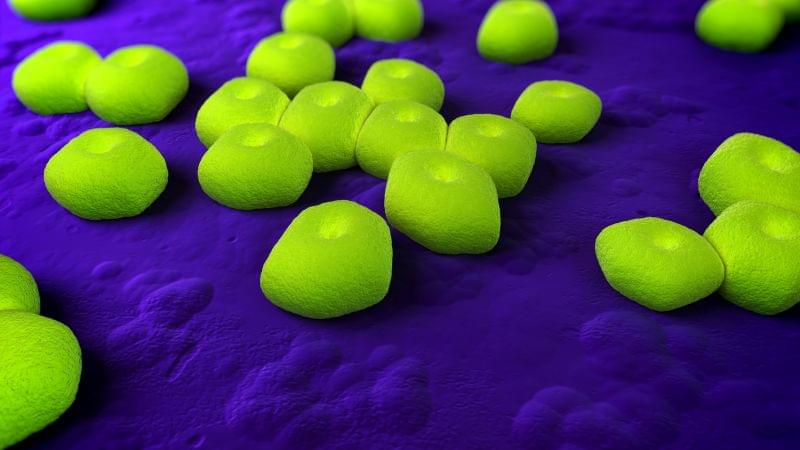
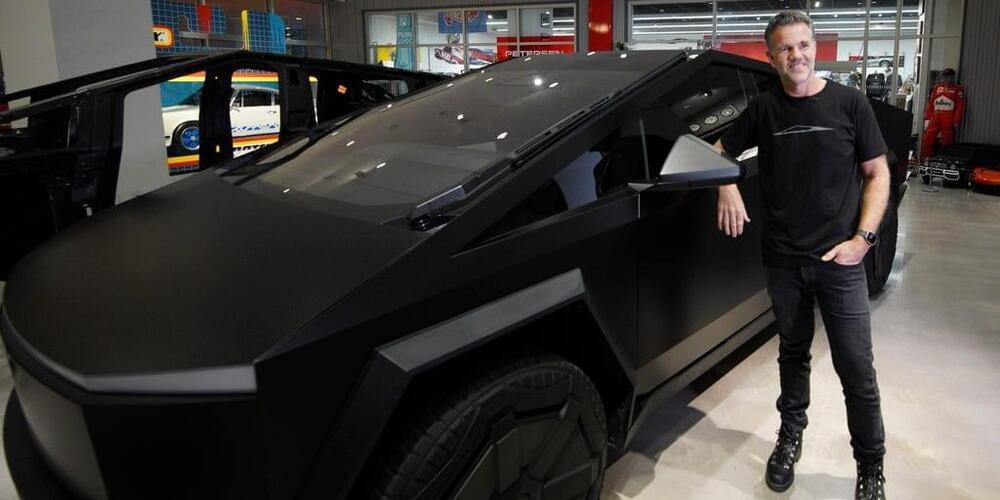





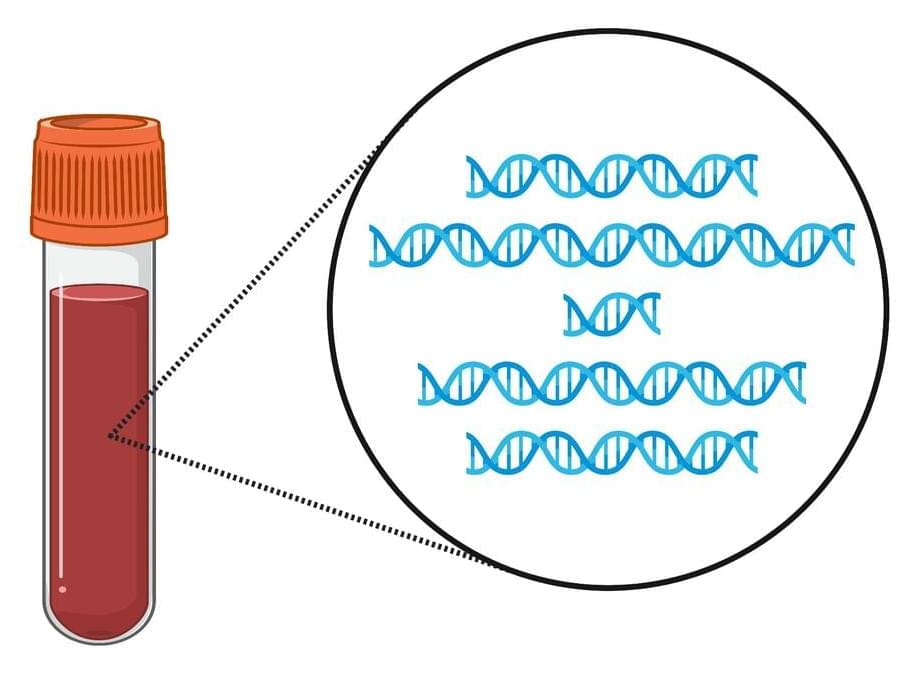
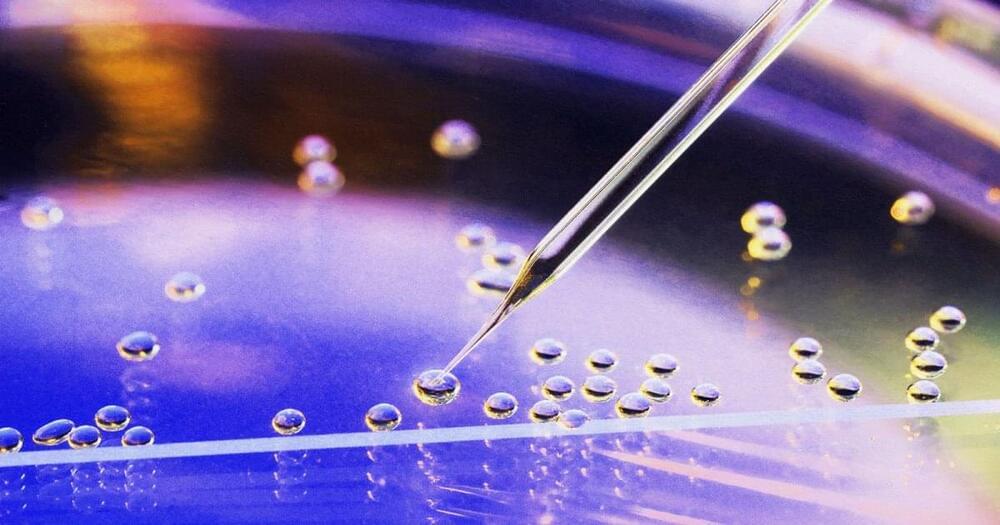
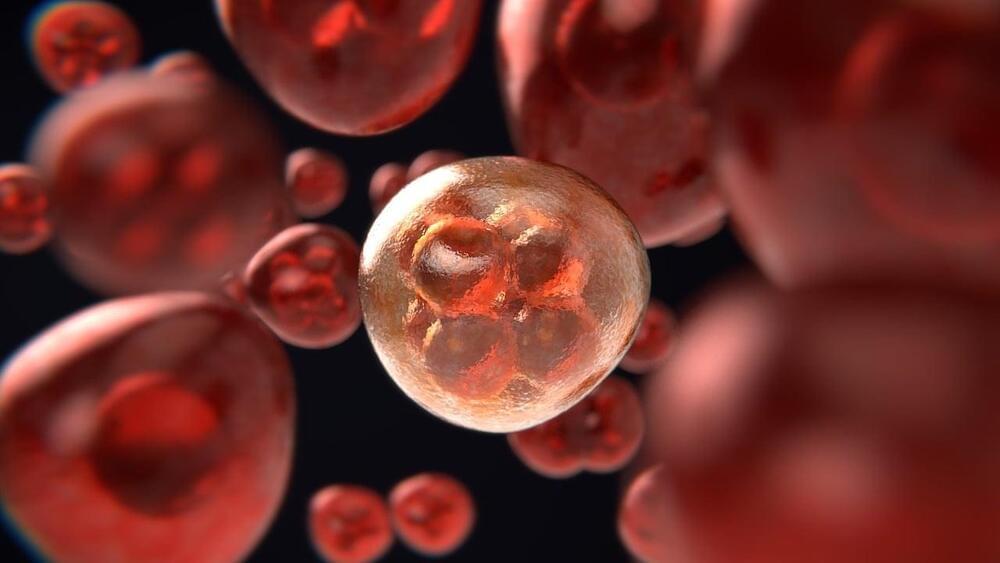
 עברית (Hebrew)
עברית (Hebrew)